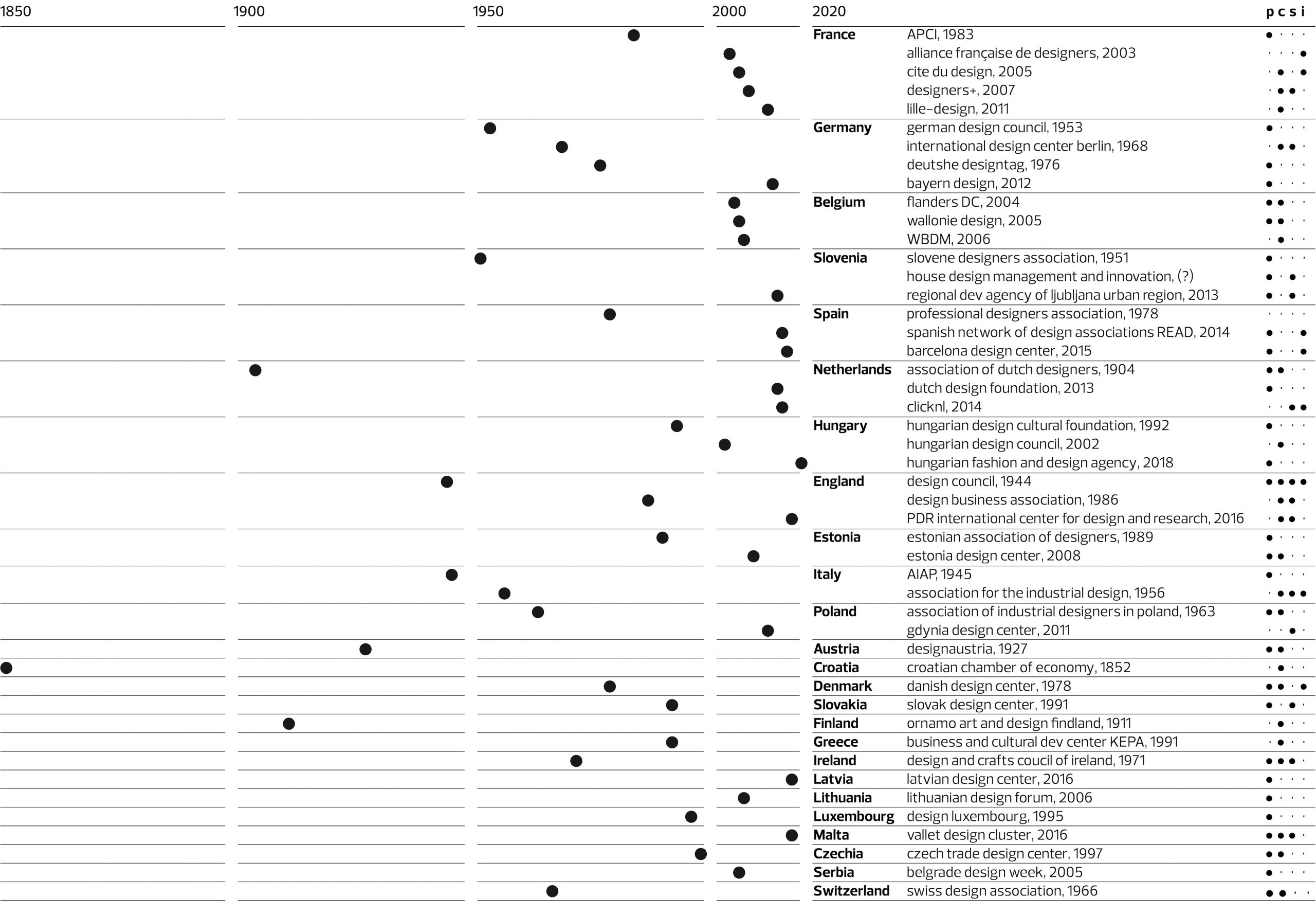Costa, N.; Branco, V.; Costa, R.; Borges, A.; Modesto, A.; Cunca, R.; Silva, A. (2021), Design Infrastructures: proposing alternative strategies for countries with a lower maturation of design culture, 12th International Conference on Applied Human Factors and Ergonomics (AHFE 2021) and the Affiliated Conferences, New York, July 25-29, http://hdl.handle.net/10773/30631
Menu
Menu
PORTUGUESE
DESIGN ECOSYSTEM
Menu



